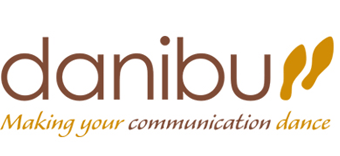If you’re in international marketing, it’s good to cross-culturally check your brand names and slogans before launch. Here a selection of the most famous cross-cultural blunders. They seem comical, but have actually turned into serious costly errors:
Microsoft
Their global internet search engine “Bing” in Mandarin Chinese sounds like “illness”, or means “pancake”, in certain Chinese dialects. Microsoft had to rename it to “Biying” in China, positively alluding to the Chinese proverb “you qui bi ying” (“seek and ye shall find”).
Electrolux
The Swedish vacuum-cleaner manufacturer used the following for their American ad campaign: “Nothing sucks like an Electrolux”.
Pepsi
In Taiwan, the translation of the soft drinks maker’s ad slogan “Come alive with the Pepsi Generation” came out as: “Pepsi will bring your ancestors back from the dead”.
IKEA
Their plant pot “Jatterbra” is a crude sexual word in Thailand. As Thais can be quite conservative, IKEA has been forced to hire a team of local linguists into their marketing team there.
Ford
Puzzled by the fact that sales of their “Pinto”-model (a success elsewhere) totally flopped in Brazil, Ford realized that Pinto was Brazilian slang for ‘tiny male genitals’. A costly linguistic mistake, which caused Ford to take all nameplates off and substitute them by “Corcel” (horse).
Castlemaine
The Australian brewer launched its XXXX (‘four-ex’) beer in the USA using their trademarked jingle “I can feel a four-ex coming on” – which had proved successful in the Australian market. Unfortunately, the company was unaware that XXXX was the brand name of a successful American condom manufacturer!
Parker
The American luxury pen company took their advertisement across the border to Mexico, using their slogan: “It won’t leak in your pocket and embarrass you”. However, they mistakenly used the Spanish word ‘embarazar’ for ‘embarrass’ and so actually advertised: “It won’t leak in your pocket and make you pregnant”.


